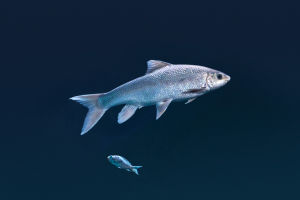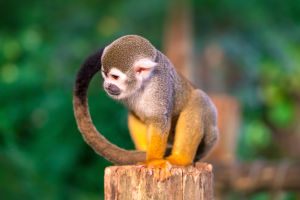Owls have earned a mysterious reputation as creatures of the night, with their ability to hunt in the darkness.
So, how do these nocturnal birds of prey see in the dark? We are about to explore the unique features that allow owls to have incredible night vision.
Owls' eyes are adapted to see in low light. Unlike humans, who have more cone-shaped photoreceptor cells in their retinas, owls have an abundance of rod-shaped cells. These rods are responsible for vision in dim lighting. In fact, owls have up to 30 times more rods than cones, which makes them excellent at seeing in near-total darkness. However, their eyes are not great at perceiving color, so their world is mainly in shades of black and white.
One key adaptation that helps owls see in the dark is their tapetum lucidum, a layer of tissue behind the retina. This layer acts like a mirror, reflecting light that passes through the retina back into it, giving owls a second chance to absorb the available light. This is what causes the characteristic "eyes shine" we often see in flash photography. The tapetum lucidum significantly enhances their ability to see in low-light conditions.
Unlike us, owls have large eyes relative to their body size. Their enormous eyes can account for up to 5% of their total body weight! Their corneas and lenses are also much larger than ours, further maximizing the amount of light that enters the eyes. However, these large eyes come with a limitation—they are fixed in place and cannot move. To compensate, owls can rotate their necks up to an impressive 270° to see their surroundings.
Owls also have excellent binocular vision. Their forward-facing eyes provide them with enhanced depth perception, which is crucial for accurately judging the distance to their prey. While their field of view is narrower than that of many birds with eyes on the sides of their heads, their binocular vision is what allows them to be such skilled hunters.
Even though owls are known for their exceptional night vision, it is a misconception that they cannot see in the day. In bright conditions, their pupils constrict to limit the amount of light entering their eyes, and they may even squint to block out excessive light. This helps them stay comfortable during daylight hours.
Finally, an owl's ability to find prey is not solely based on vision. They also rely on their sensitive feathers around the beak, known as "crines," to help them detect and locate prey. These bristle-like feathers are crucial when searching for food, especially when it has already been captured.
Owls' remarkable night vision is a combination of large, specialized eyes, a reflective layer that enhances light absorption, and the ability to rotate their necks to catch every angle. With their unique adaptations, owls are among nature's most skilled nocturnal hunters!


